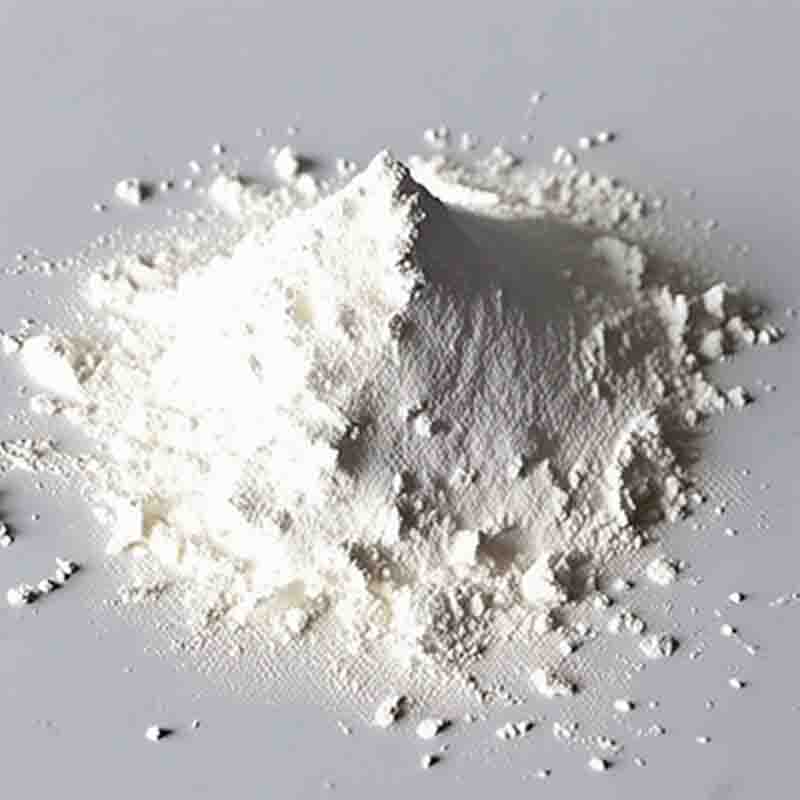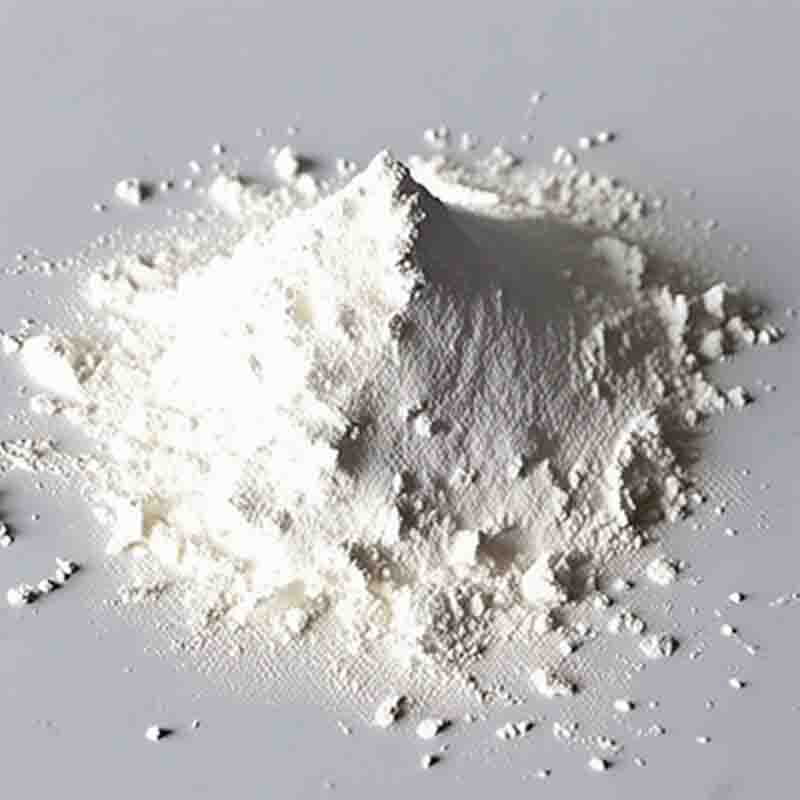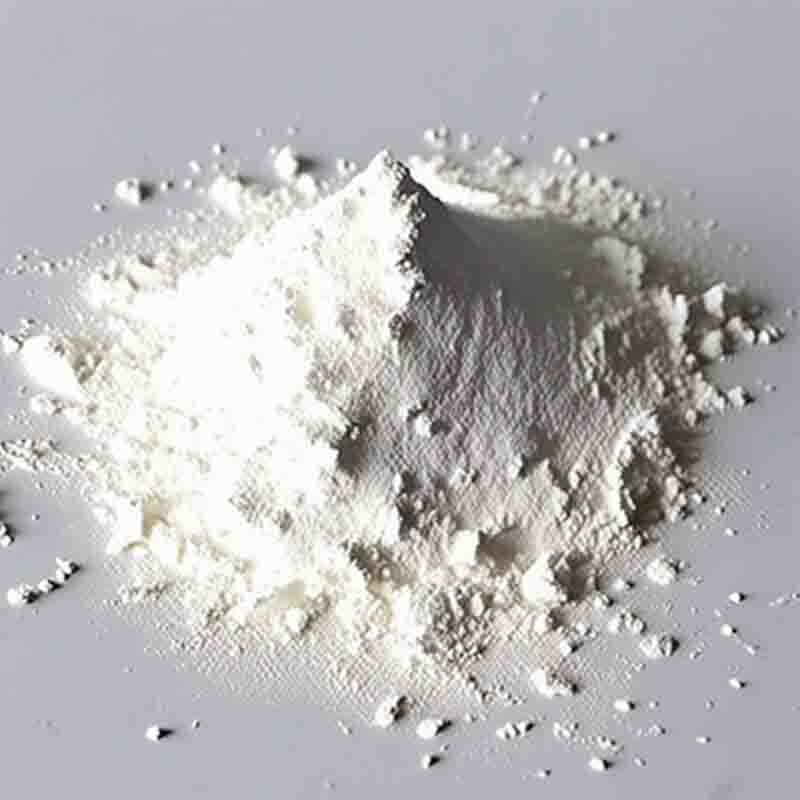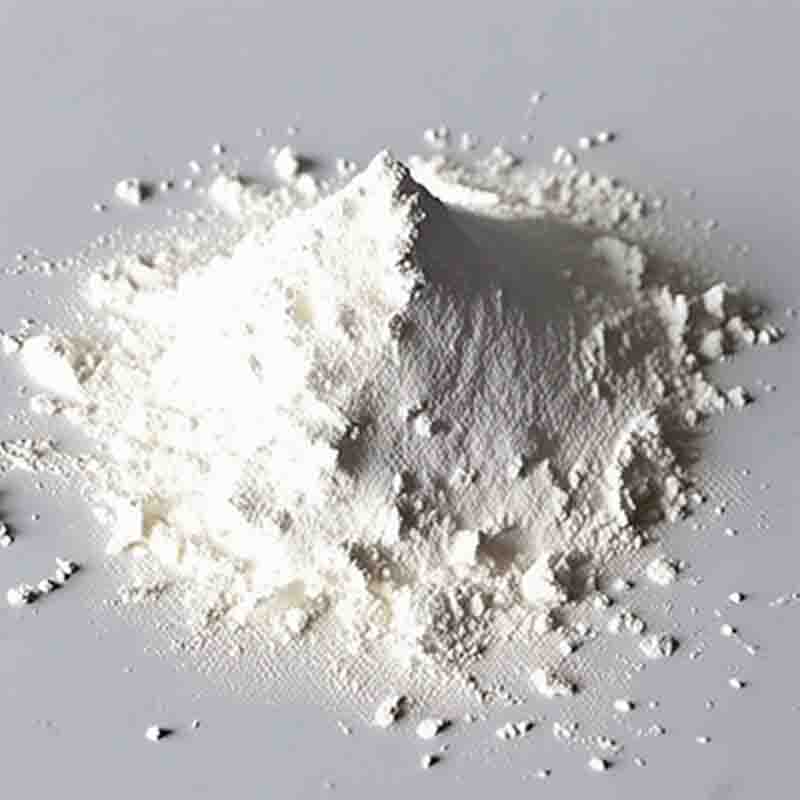3-[(2R,5S)-5-(4-Fluorophenyl)-2-[(S)-[(4-fluorophenyl(amino)]][4-[trimethylsilyl]-oxy]phenyl]methyl]-1-oxo-5-[(trimethylsily)-oxy]pentyl]-4-phenyl-(4S)-2-oxazolidinone CAS: 272778-12-8
| Catalog Number | XD93826 |
| Product Name | 3-[(2R,5S)-5-(4-Fluorophenyl)-2-[(S)-[(4-fluorophenyl(amino)]][4-[trimethylsilyl]-oxy]phenyl]methyl]-1-oxo-5-[(trimethylsily)-oxy]pentyl]-4-phenyl-(4S)-2-oxazolidinone |
| CAS | 272778-12-8 |
| Molecular Formula | C39H46F2N2O5Si2 |
| Molecular Weight | 716.96 |
| Storage Details | Ambient |
Product Specification
| Appearance | White powder |
| Assay | 99% min |
The compound with the complex name of 3-[(2R,5S)-5-(4-Fluorophenyl)-2-[(S)-[(4-fluorophenyl(amino)]][4-[trimethylsilyl]-oxy]phenyl]methyl]-1-oxo-5-[(trimethylsily)-oxy]pentyl]-4-phenyl-(4S)-2-oxazolidinone is a synthetic organic molecule with potential therapeutic applications. While the compound's specific name may seem intimidating, its structure and properties offer insights into its potential use.The compound belongs to the family of oxazolidinones and possesses a complex and unique structure. Such compounds have been studied for their antibacterial activities, and this specific compound may hold promise as an antimicrobial agent. However, further research is required to determine its full potential in this area.The presence of a phenyl group and a fluorophenyl group within the molecule suggests possible interactions with specific cellular targets. These structural features may enable the compound to interact with biomolecules and potentially modulate biological pathways, making it a potential candidate for drug development.The substituents such as trimethylsilyl and amino groups may aid in increasing the compound's stability, solubility, or bioavailability. Additionally, the presence of an oxo group suggests a potential involvement of the compound in redox reactions or enzyme inhibition processes.Furthermore, the compound contains chirality centers, meaning it exists as different stereoisomers. This property is significant as stereoisomers can exhibit varied biological activities due to their diverse, three-dimensional structures. The 2R,5S, and 4S stereoisomers found in the compound may have different pharmacological effects. The exploration of specific stereoisomers can help identify the most active and beneficial form for eventual drug development.However, it is important to note that the specific use and efficacy of this compound are yet to be fully established. Its applications could potentially extend beyond antimicrobial activities, incorporating other therapeutic areas such as anti-inflammatory, antineoplastic, or neuroprotective effects. Nonetheless, extensive research, including in vitro and in vivo studies, pharmacokinetics, and toxicological assays, will be necessary to determine the compound's safety, potency, and mechanism of action.In conclusion, the compound 3-[(2R,5S)-5-(4-Fluorophenyl)-2-[(S)-[(4-fluorophenyl(amino)]][4-[trimethylsilyl]-oxy]phenyl]methyl]-1-oxo-5-[(trimethylsily)-oxy]pentyl]-4-phenyl-(4S)-2-oxazolidinone possesses a highly complex structure that offers potential therapeutic applications in various fields. Its unique composition and functional groups hold promise for antimicrobial, anti-inflammatory, antineoplastic, or neuroprotective interventions. However, further research and testing are necessary to shed light on the compound's full potential and establish its role in future drug development initiatives.


![3-[(2R,5S)-5-(4-Fluorophenyl)-2-[(S)-[(4-fluorophenyl(amino)]][4-[trimethylsilyl]-oxy]phenyl]methyl]-1-oxo-5-[(trimethylsily)-oxy]pentyl]-4-phenyl-(4S)-2-oxazolidinone CAS: 272778-12-8 Featured Image](https://cdn.globalso.com/xdbiochems/白色粉末2303.jpg)
![3-[(2R,5S)-5-(4-Fluorophenyl)-2-[(S)-[(4-fluorophenyl(amino)]][4-[trimethylsilyl]-oxy]phenyl]methyl]-1-oxo-5-[(trimethylsily)-oxy]pentyl]-4-phenyl-(4S)-2-oxazolidinone CAS: 272778-12-8](https://cdn.globalso.com/xdbiochems/粉末2212.jpg)




![(BICYCLO[2.2.1]HEPTA-2,5-DIENE)CHLORORHODIUM(I) DIMER CAS: 12257-42-0](https://cdn.globalso.com/xdbiochems/白色粉末2688.jpg)
